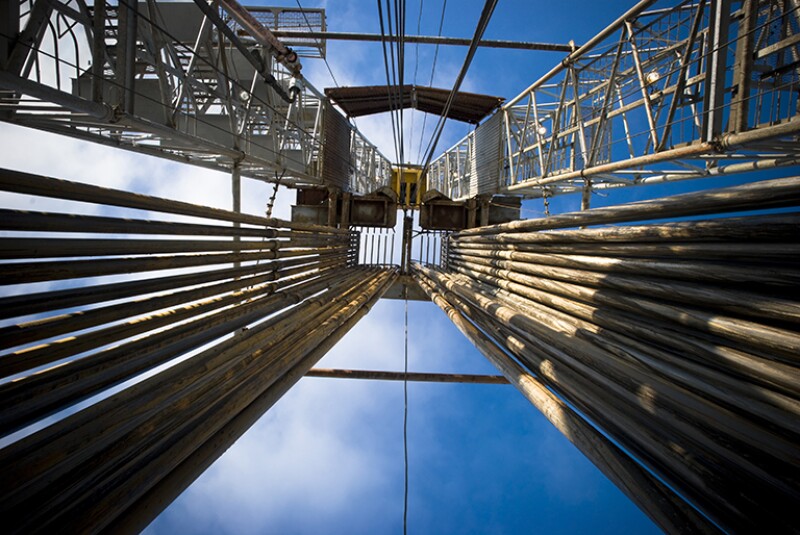Through several case histories, the complete paper demonstrates applications of computational fluid dynamics (CFD) modeling to upscaling of laboratory-measured formation damage and reveals implications for well and completion design. The value of laboratory testing is quantified and interesting challenges to conventional wisdom are highlighted.
Introduction
Laboratory formation damage testing is often used to help select optimal drilling and completion fluids. Test procedures such as sand retention and return permeability represent an attempt to simulate near-wellbore conditions during well construction and production.
To determine what degree of permeability impairment is allowable, further interpretation that cannot be provided using classical nodal analysis or reservoir simulation methods is required. The complete paper describes the evolution of, and potential for, more-comprehensive upscaling and outlines the importance of consideration of full well geometry when designing and interpreting coreflood tests for formation damage.


